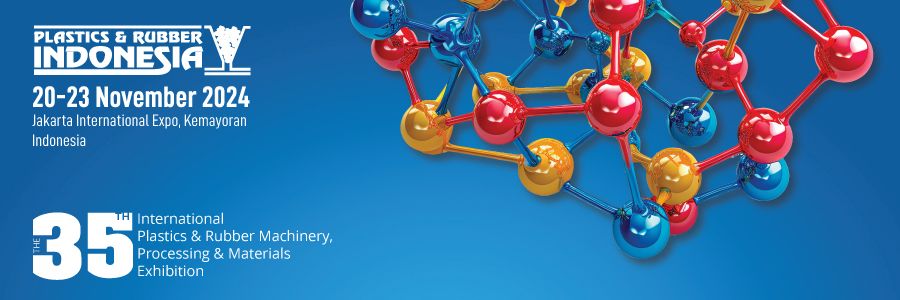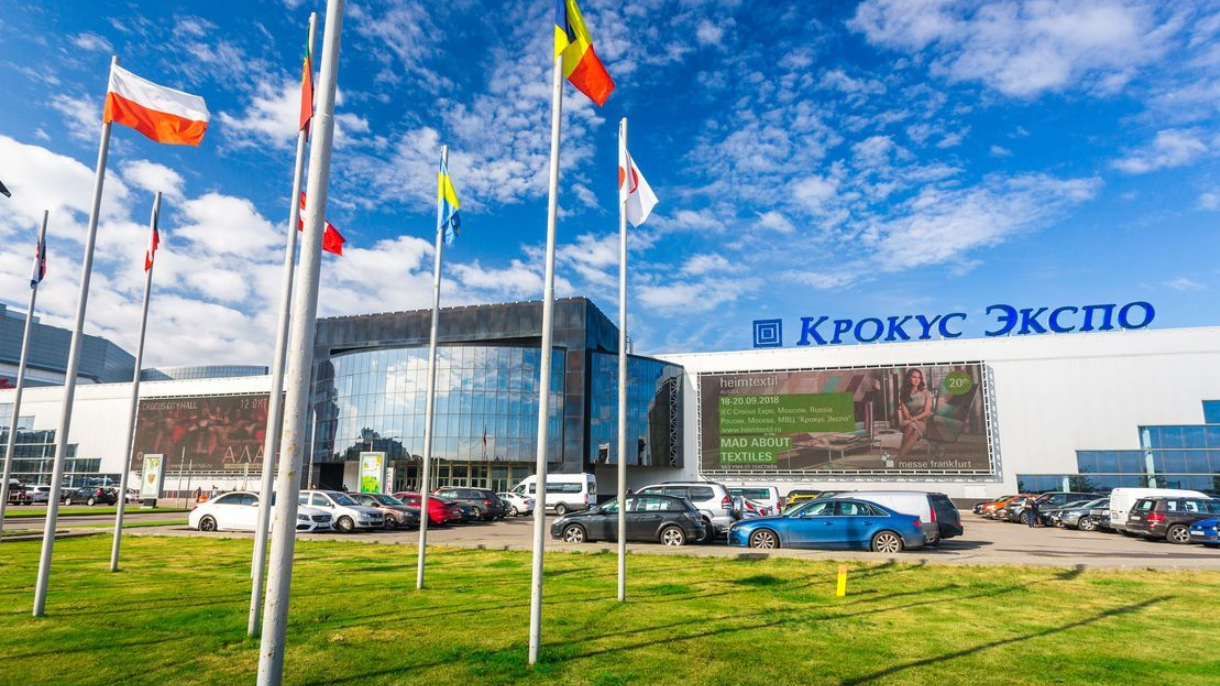Revolutionizing Manufacturing with Fancy 3D Printed Injection Molds
Time:
2025-05-02
In the realm of manufacturing, the emergence of fancy 3D printed injection molds represents a significant leap forward in mold design and fabrication. Traditionally, injection molds have been produced through subtractive methods, which involve carving out material from solid blocks. This process can be both time-consuming and costly, especially for complex designs. However, the advent of 3D printing technology has transformed this landscape by offering a more efficient and versatile solution.
Fancy 3D printed injection molds leverage additive manufacturing to create molds that were once difficult or impossible to produce using conventional methods. By utilizing materials such as thermoplastics or metal alloys, manufacturers can design intricate geometries and features without the constraints imposed by traditional machining. This capability not only allows for more innovative product designs but also accelerates the prototyping phase, reducing the time from concept to finished product.
One of the key benefits of using fancy 3D printed injection molds is the reduction in lead times. Traditional mold production can take weeks or even months, depending on the complexity and size of the mold. In contrast, 3D printing can produce a functional mold in a matter of days, enabling manufacturers to respond quickly to market demands and changing consumer preferences. This rapid turnaround is particularly advantageous for industries that require frequent design iterations and quick market entry.
Additionally, fancy 3D printed injection molds can significantly lower production costs. Since 3D printing minimizes material waste and allows for on-demand production, manufacturers are not burdened with high upfront costs associated with traditional mold production. This economic efficiency is especially attractive for small to medium-sized enterprises that may not have the capital to invest in extensive moldmaking machinery.
Moreover, the use of 3D printed molds is not limited to prototyping; they can also be employed in low to medium volume production runs. This flexibility opens new opportunities for customization and personalization in manufacturing, enabling companies to offer tailored solutions to their customers without incurring significant costs.
However, it is essential to consider the material properties and durability of 3D printed molds when applying them in production environments. While advancements in material science continue to improve the strength and heat resistance of 3D printed molds, manufacturers must evaluate the suitability of these molds for specific applications. In some cases, hybrid approaches that combine 3D printing with traditional mold-making techniques may yield optimal results.
In conclusion, fancy 3D printed injection molds are transforming the manufacturing sector by providing innovative solutions that enhance design capabilities, reduce lead times, and lower production costs. As technology continues to advance, the potential applications for these molds will expand, allowing manufacturers to remain competitive in an ever-evolving market. Embracing this technology could be the key to unlocking new levels of efficiency and creativity in product development.
Fancy 3D printed injection molds leverage additive manufacturing to create molds that were once difficult or impossible to produce using conventional methods. By utilizing materials such as thermoplastics or metal alloys, manufacturers can design intricate geometries and features without the constraints imposed by traditional machining. This capability not only allows for more innovative product designs but also accelerates the prototyping phase, reducing the time from concept to finished product.
One of the key benefits of using fancy 3D printed injection molds is the reduction in lead times. Traditional mold production can take weeks or even months, depending on the complexity and size of the mold. In contrast, 3D printing can produce a functional mold in a matter of days, enabling manufacturers to respond quickly to market demands and changing consumer preferences. This rapid turnaround is particularly advantageous for industries that require frequent design iterations and quick market entry.
Additionally, fancy 3D printed injection molds can significantly lower production costs. Since 3D printing minimizes material waste and allows for on-demand production, manufacturers are not burdened with high upfront costs associated with traditional mold production. This economic efficiency is especially attractive for small to medium-sized enterprises that may not have the capital to invest in extensive moldmaking machinery.
Moreover, the use of 3D printed molds is not limited to prototyping; they can also be employed in low to medium volume production runs. This flexibility opens new opportunities for customization and personalization in manufacturing, enabling companies to offer tailored solutions to their customers without incurring significant costs.
However, it is essential to consider the material properties and durability of 3D printed molds when applying them in production environments. While advancements in material science continue to improve the strength and heat resistance of 3D printed molds, manufacturers must evaluate the suitability of these molds for specific applications. In some cases, hybrid approaches that combine 3D printing with traditional mold-making techniques may yield optimal results.
In conclusion, fancy 3D printed injection molds are transforming the manufacturing sector by providing innovative solutions that enhance design capabilities, reduce lead times, and lower production costs. As technology continues to advance, the potential applications for these molds will expand, allowing manufacturers to remain competitive in an ever-evolving market. Embracing this technology could be the key to unlocking new levels of efficiency and creativity in product development.
RELATED NEWS












